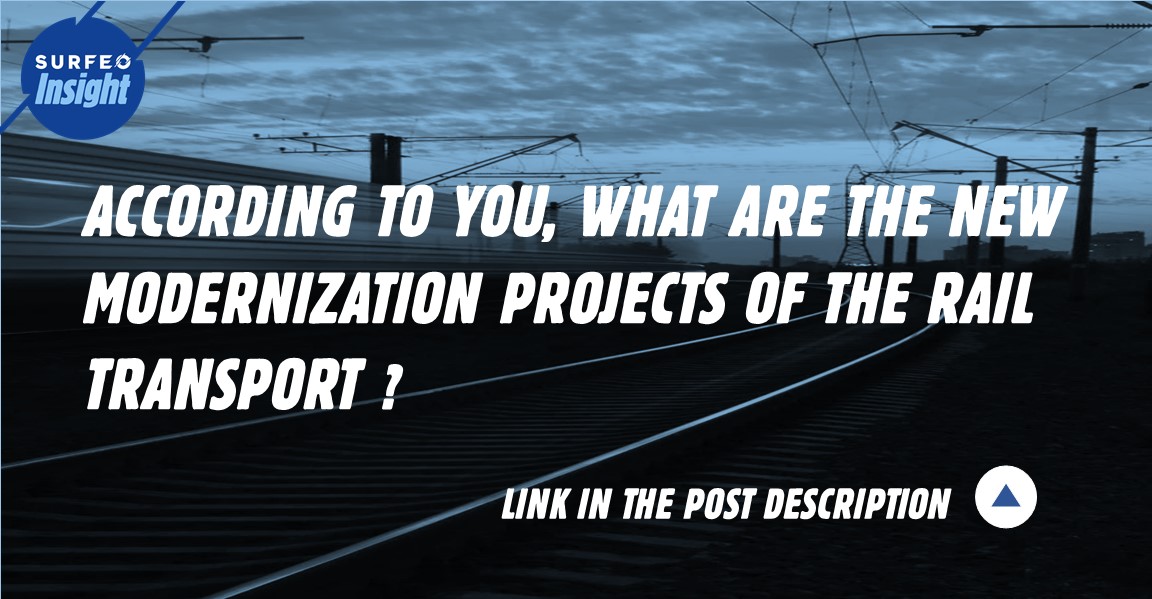Actualités

While the war between Russia and Ukraine is hitting Europe hard, the European Union has put in place an embargo on Russian gas. If Russia provides 40% of its natural gas to the EU, the problem that the EU is now facing is that of alternatives to Russian gas, natural gas. Therefore, many countries are turning to LNG and believe that it could replace natural gas. Would LNG be a long-term solution for Europe ?
Is LNG an added value ?
Natural gas, essentially composed of methane, and LNG are the same hydrocarbon. Their only difference is their state : natural gas is gaseous and circulates through pipelines, whereas LNG is in a liquid state. For transport, it must be immersed in an environment with a temperature below -160°C.
Thus, LNG has an additional advantage over natural gas : it can be transported by ship in tanks with a volume 600 times smaller than natural gas.
Despite its undeniable advantage, the volumes of LNG are very low to replace Russian gas on a European scale. In addition, the use of this gas would require the construction of additional LNG tankers in the ports, which would be time-consuming and costly to implement.
LNG : the future of European gas ?
Since the Russian-Ukrainian crisis, EU member states have been increasingly involved in LNG projects.
With 16 cargoes delivered, France is since March the first destination for American LNG. A total of 16 LNG cargoes from the US were delivered to the country last month, twice as many as in February.
This puts France in first place ahead of Spain with 15 cargoes, the UK with 12 cargoes and South Korea, Turkey and the Netherlands with eight cargoes each.
« France has a large maritime coastline that allows it to import liquefied gas. On the other hand, for our German and Italian neighbors, Russian gas weighs very significantly and represents more than 50% of their gas supplies, » says Patrice Geoffron, professor of economics at the University of Paris-Dauphine.
As the United States pledged in late March to supply an additional 15 bcm of LNG to the EU in 2022, Brussels will seek to ensure stable demand for US LNG capable of supplying an additional 50 bcm per year until
2030.
The race of equipment
LNG requires specific equipment to be transported. Costly and time-consuming to build, European countries are investing in the construction of LNG infrastructure.
In early March, Germany announced its plan to build its first onshore terminal. Although the construction time for this type of project could last several years, Germany has nevertheless, invested 3 billion euros in a project to lease three or four floating LNG import terminals. They will allow Germany to increase its LNG import capacity while waiting for the construction of its first land-based terminal.
Without them, Germany currently has to rely on onshore terminals in other EU countries, which limits its import capacity.
Moreover, in France, the government has encouraged TotalEnergies to install a fifth floating storage and regasification terminal in the port of Le Havre.
Connected to Engie’s pipeline network, it would increase France’s LNG import capacity. This infrastructure project, which will not see the light of day for another 12 to 18 months, will increase France’s LNG import capacity by 3.9 million tonnes.
Finally, as the issue of gas supply is urgent, European Union member states are considering other alternatives that can be implemented more quickly. In Italy, the director of the Adriatic Ports Authority has proposed to the government that a Floating Storage Regasification Unit (FRSU) vessel be installed. These vessels will allow LNG arriving from LNG carriers to be gasified directly without passing through an onshore terminal.
Articles similaires










































































